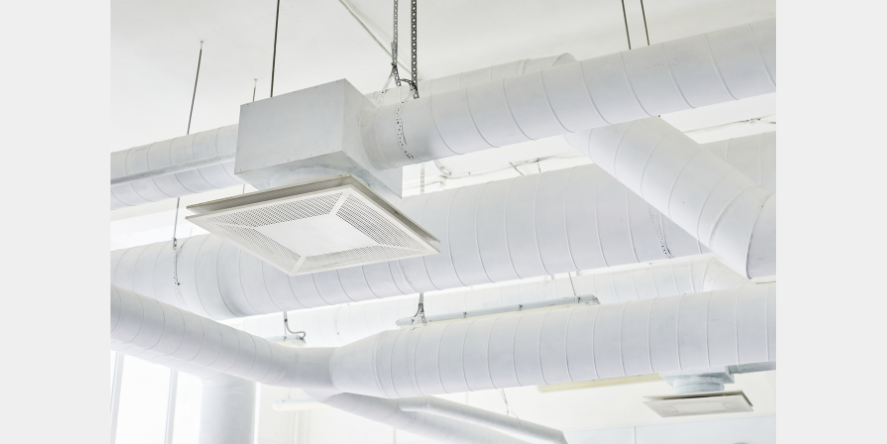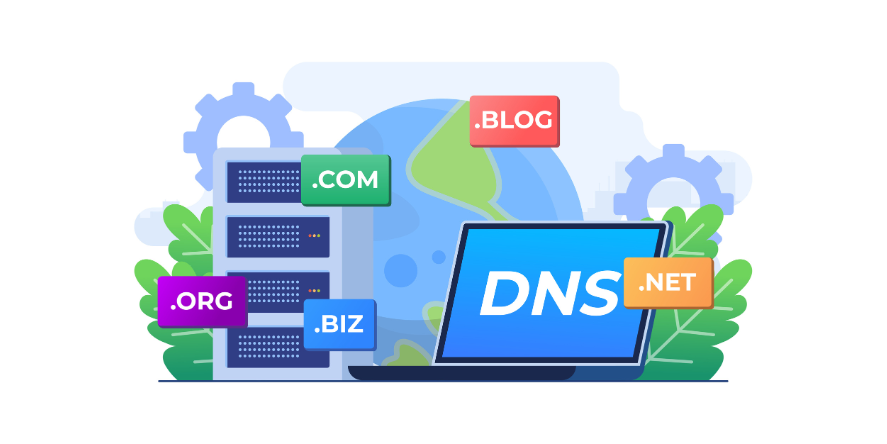Buying a rental unit is a great way to start earning a passive income. Not only can you bring in a monthly income on a regular basis, but you also earn more every year as you pay off your mortgage.
Buying a buy-to-let simply means you buy a property specifically to rent it out. This is a unique type of mortgage that needs a deposit, and also things like a business plan or financial reports to help you secure the loan.
It’s different from, say, owning a residential property and then years later wanting to rent it out. In this instance you’ll also need to swap mortgages, but thanks to the capital you already have in your property it will be much easier to get.
Buying a property specifically to let it out can be a challenge for new landlords, since their rules and requirements differ from buying a personal residential home. If you aren’t familiar with buy to lets, however, don’t worry, as this guide covers what you need to know:
Mortgage Differences
BTL mortgages are different from residential mortgages, and knowing how they differ is essential to successfully applying for one.
To start, expect to put forward a larger deposit for a BTL mortgage than usual. This is particularly true if you don’t have a portfolio and healthy income. In these instances, you may be expected to put forward as much as 40% of the deposit upfront. Your expected rental payments should also bring in 125% of what you pay the mortgage.
Property Differences
You can typically buy any property with a buy-to-let mortgage, but if you want high returns fast (and lower maintenance costs), you should opt for a new build development. Some, like these Heaton Group developments, can even be purchased under market value. The buildings, and therefore the flats themselves, are not finished being built, and so you can often save a little on the overall price. Once the building is complete you can then get your mortgage re-evaluated. The downside is, of course, that you’ll need to cover the cost of repayments until the property is ready to be rented out.
Rental Changes
As a landlord, you must follow the renter’s rights laws in order to be fully aware of your legal obligations. If you choose a new build issues like Awaab’s law, which extends health and safety regulation to cover damp and mould, won’t necessarily apply to you. If there is an issue with mould, for example, your property should be covered by builder’s warranty, if it ever gets mould to begin with.
That being said, the Renter’s Rights Bill 2024 bill is bringing forward critical changes, like ending no-fault evictions, and abolishing fixed-term tenancies while also capping rent increases. Keep these in mind and work them into your cost projections before you buy.
It’s More Than Just the Upfront Cost
You will need to set aside money for repairs. Even if the repair isn’t something you need to cover (for example, the damage happened due to a breach of contract) you will still need to cover the charge initially and then recoup the amount from your tenant. By working in a buffer that goes into a repair and maintenance fund, you can better manage your property.
Blog Received on Mail




















